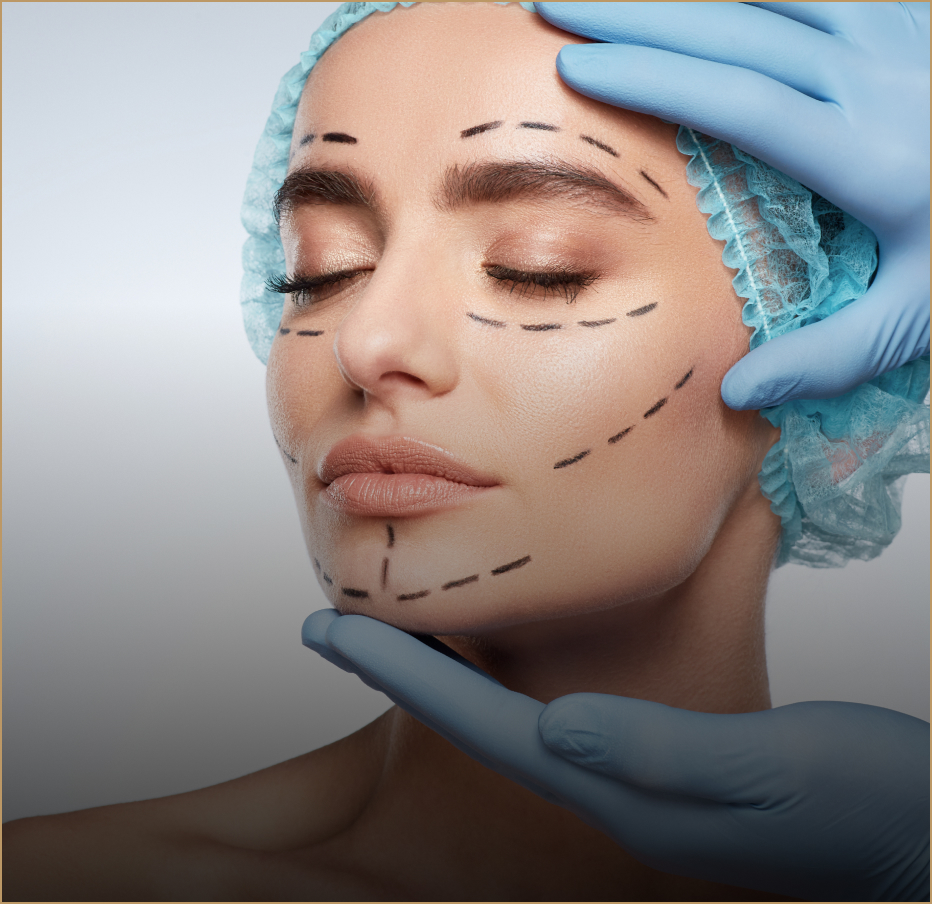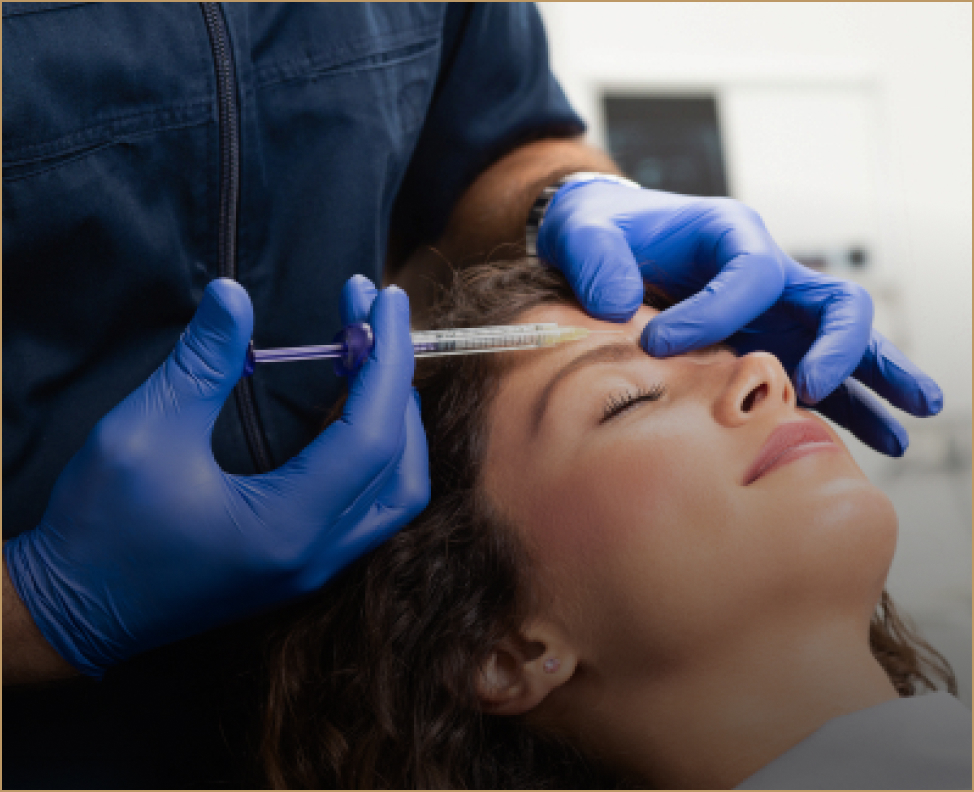Botox has become one of the most popular cosmetic treatments in the last few decades offering a non-surgical solution to smooth out wrinkles and fine lines. As more people turn to botox injections to maintain a youthful appearance, it’s important to understand proper aftercare to ensure optimal results and minimize the risk of complications.
One common question that arises among botox patients:
How long after botox can you lay down?
Dr. Andrew Campbell, rated among the Top 10 Aesthetic Plastic Surgeons in the United States by Aesthetic Everything, founded Quintessa Aesthetic Center in 2005 to satisfy his patient’s desires for non-surgical rejuvenation options. He offers his expertise here to explain facts and dispel some myths about neurotoxins.
I personally do not make a big deal about lying down after receiving Botox injections with my patients. I just recommend that they do not hang upside down or aggressively massage the area where we treated for the first four hours after treatment.
Essentially, we want the Botox to remain in the area where it was placed. This allows it to diffuse into the muscle fibers in order to perform its function appropriately. We certainly do not want to push or direct the Botox treatment outside of the location where it was placed. The fear is that it would then affect some surrounding muscles as an unintended consequence and complication.
I have personally not seen a patient come back to me after having laid down, massaged, or rubbed the area that resulted in getting a complication. Therefore, over the years, I have allowed patients to become more active sooner. They can resume normal activities virtually immediately after the injection of Botox.
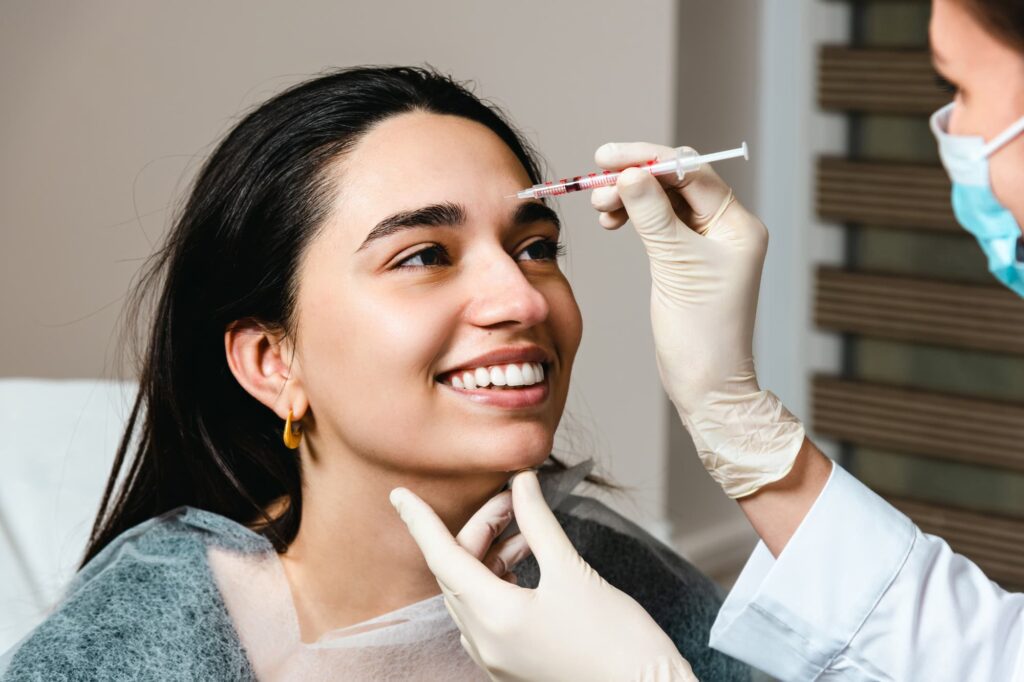
Understanding the Science Behind Botox Injections
Botox, derived from the bacterium Clostridium botulinum, is a neurotoxin that works by temporarily paralyzing targeted facial muscles. When injected into specific areas, botox blocks the nerve signals that cause muscle contractions, effectively reducing the appearance of wrinkles and fine lines.
This process is particularly effective for treating dynamic wrinkles caused by repetitive facial movements such as frowning, squinting, or smiling.
The success of botox injections relies heavily on the precision and skill of the injector. Experienced professionals, such as the board-certified plastic surgeons at Quintessa, possess an in-depth understanding of facial anatomy and can target the specific muscles responsible for wrinkle formation.
Precise injection techniques ensure that the botox is delivered accurately, minimizing the risk of complications and maximizing the desired results. Improper injection techniques can lead to an unnatural or asymmetrical appearance, highlighting the importance of seeking treatment from a qualified and reputable provider.

Why Can’t You Lay Down After Botox?
While it is true that lying down too soon after botox injections can potentially increase the risk of the product spreading to unintended areas, the reality, as Dr. Campbell pointed out, is that this risk is relatively low.
While some practitioners may recommend waiting several hours before lying down, others suggest that a shorter waiting period of around 30 minutes to 4 hours is sufficient. To minimize the risk of botox migration and ensure that the product settles properly, it’s crucial to follow the aftercare instructions provided by your healthcare professional.
Additionally, maintaining a consistent skincare routine, protecting the skin from sun damage, and staying hydrated can enhance the overall results and prolong the effects of botox injections.
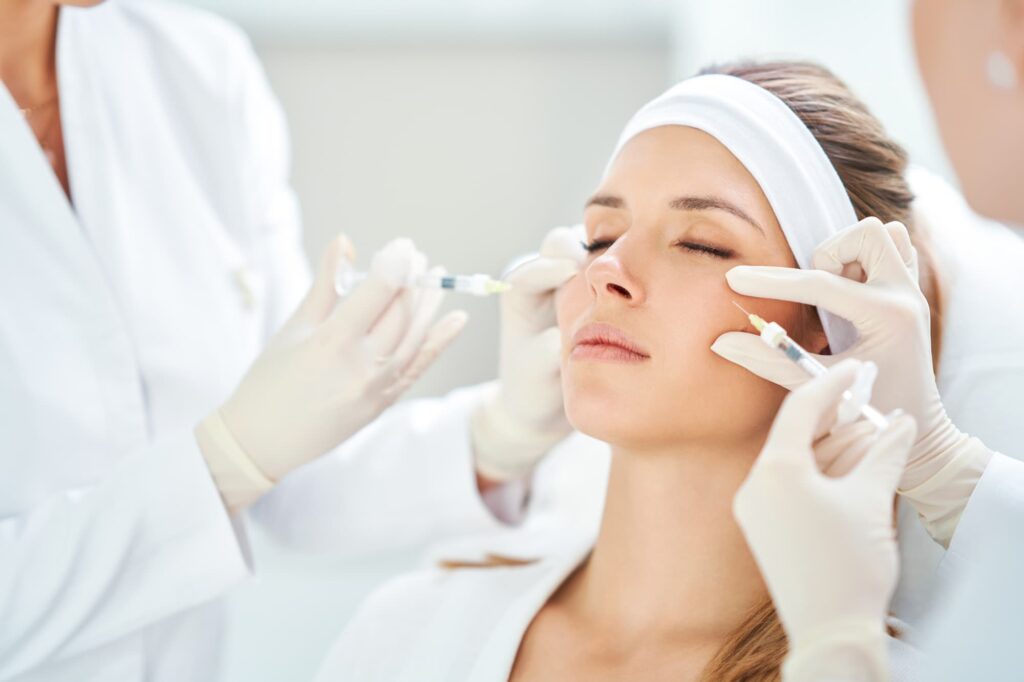
Maximizing Your Botox Results: Aftercare Do’s and Don’ts
To ensure optimal results and minimize the risk of complications, it’s crucial to follow proper aftercare guidelines after receiving botox injections. Here are some essential do’s and don’ts to keep in mind:
Botox Aftercare Do’s
- It’s okay to resume most normal activities, within reason.
- It’s okay, even recommended, to move the injected areas for the first hour through exaggerated facial expressions.
Botox Aftercare Don’ts
- Don’t get too warm during your first 48 hours after the Botox treatment. Avoid tanning beds, saunas, steam rooms, vigorous exercise, hot weather, and even alcohol.
- Don’t use makeup right away after the Botox treatment to keep the area clean and avoid your risks of infection.
- Don’t apply excessive pressure and or encourage increased blood flow (blood pressure) at the injection sites. This means you should be extra gentle when cleansing or moisturizing your face, and skip facial massages and rolling or pulsing devices.
Proper aftercare not only enhances the effectiveness of your botox treatment but also contributes to the longevity of your results. By taking care of your skin and avoiding activities that could potentially compromise the outcome, you can maximize the wrinkle-reducing benefits of botox and maintain a more youthful, refreshed appearance for longer.
If you are interested in a facial treatment consultation or you’re looking for aftercare tips, please reach out to your Quintessa care team.
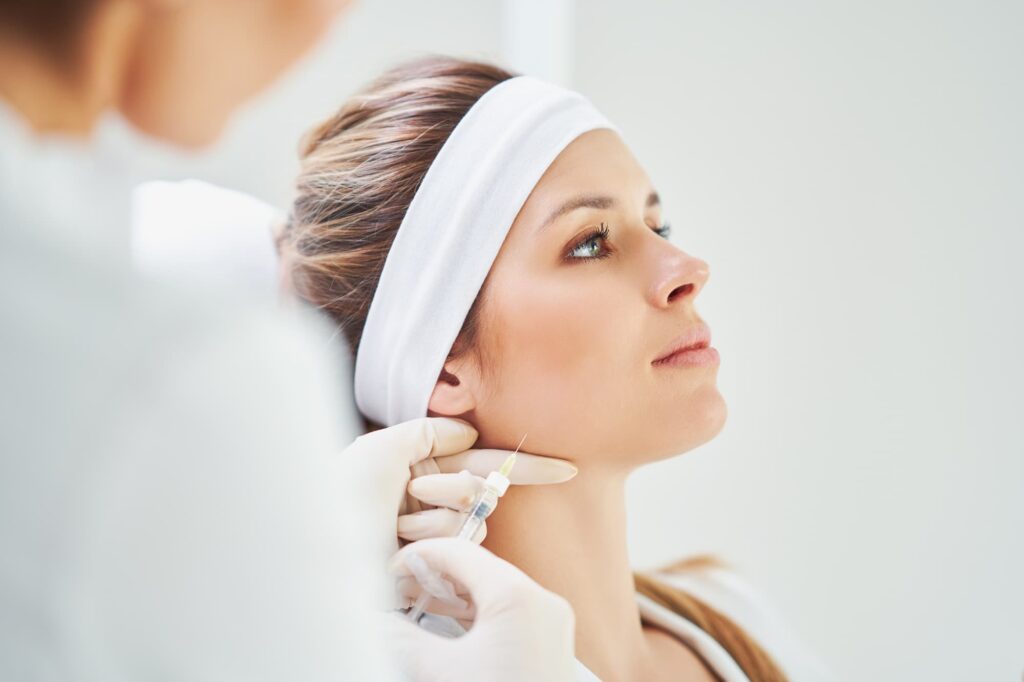
Botox Aftercare Timeline: What to Expect in the Days Following Your Treatment
Understanding what is involved in botox treatment can help you plan your activities and know what to expect in the days following your visit. Here’s a general timeline of the botox aftercare process:
Immediately after treatment
- Stay upright for the recommended time, typically 30 minutes to 4 hours
- You may experience mild redness, swelling, or bruising at the injection sites
- Your injector will provide you with specific aftercare instructions
First 4-6 hours after treatment
- Avoid touching or rubbing the treated areas
- Refrain from lying down or engaging in strenuous activities
- Gently exercise your facial muscles to help the botox settle evenly
First 24-48 hours after treatment
- Continue to avoid strenuous exercise and activities that increase blood flow
- Avoid exposure to excessive heat, such as saunas, hot tubs, or tanning beds
- Manage any discomfort or swelling with cold compresses
2-7 days after treatment
- Initial results of botox injections become visible, with the full effect taking up to 2 weeks
- Mild bruising or swelling should subside within a week
- Contact your injector if you experience any persistent side effects or concerns
1-2 weeks after treatment
- The full effects of botox are evident, with wrinkles and fine lines significantly reduced
- You can resume all normal activities, including exercise and lying down
- Schedule a follow-up appointment with your injector if desired to assess your results
By following the recommended aftercare timeline and addressing any concerns promptly, you can ensure a smooth and successful botox experience with optimal results.
Remember, the success of your botox treatment depends not only on the skill of your injector but also on your commitment to proper aftercare. By taking care of your skin, avoiding activities that could compromise your results, and addressing any concerns promptly, you can ensure a smooth and successful botox experience with optimal, long-lasting results.









